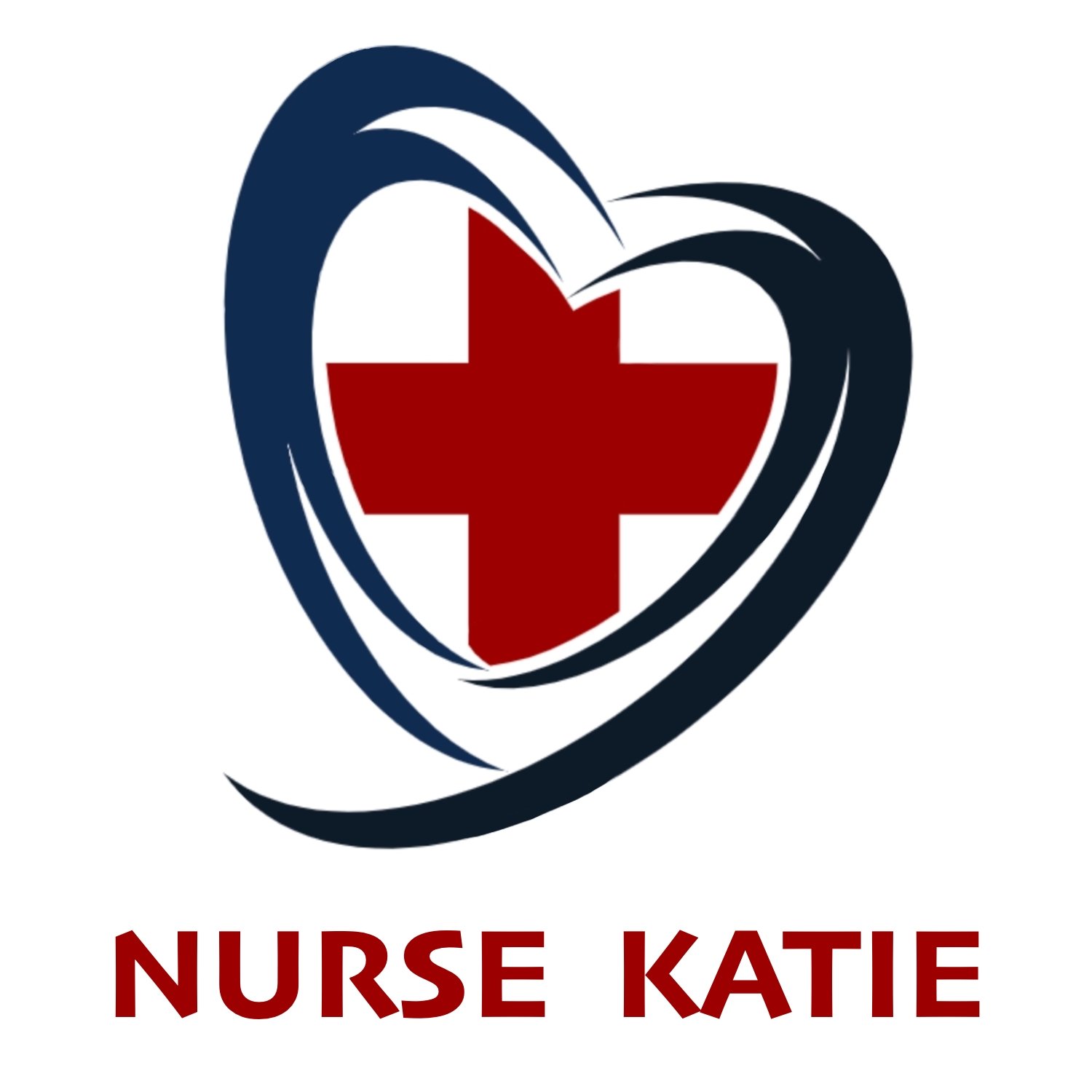March Is Blood Clot Awareness Month!
Blood clots do not discriminate by age, gender, ethnicity or race. They can affect anyone! It’s important to understand your body’s normal baseline that way you can identify when there’s potentially a life threatening change. It is also important that you seek medical help when you feel that there is a change going on with your health. Don’t feel embarrassed to seek medical help or feel that you’re too young to have a life threatening illness.

With this in mind, I almost didn’t go to the emergency room that day when I got diagnosed with bilateral pulmonary emboli/deep vein thrombosis. I admit I felt a little embarrassed to go to the emergency room. I felt like maybe I was over-reacting, there’s no way something like this would ever happen to me. But I am very in tune with my body’s normal baseline, I identified a change and decided it was best to seek medical help. Although laying in that emergency room stretcher I appeared to be as healthy as can be I knew I had to advocate for myself, I explained my concerns and changes I had identified. I knew the shortness of breath, the fast heart rate, and chest pain I was experiencing upon minimal exertion, like going up one flight of stairs, was not normal for me.
There is a percentage of patients who experience little to no symptoms related to DVT, I being one myself. This is more common with younger patients as their body has a greater reserve and a stronger ability to compensate. I had a DVT in my right leg, but the leg was never red, swollen, or hot (typical symptoms of a DVT). I experienced only a little bit of pain in the leg but contributed it to the recent hip surgery on the same side. Besides being in tune with your body’s normal baseline it’s important to be educated on the risk factors of developing a deep vein thrombosis, like I said earlier blood clots do not discriminate.
I had a few identifiable risk factors myself. The first risk factor being recent orthopedic hip surgery which left me non-weight bearing on my right leg for two weeks. The second risk factor being a known clotting disorder called prothrombin gene mutation. This clotting disorder was actually known before the development of my clot thanks to an at home genetic testing kit called 23andMe. The third risk factor I had was taking oral contraceptives (birth control pills). Although I remained ambulatory on my crutches and was taking Aspirin 325mg daily, it was not enough. With my risk factors in mind my body went into what’s called a hyper-coagulable state, causing my DVT/PE’s.

While in the hospital I was on a heparin drip for a few days and then got transitioned to Eliquis for three months. After my three months of Eliquis was completed I was transitioned to lifelong daily use of Aspirin 81mg. I do not have to take Eliquis lifelong as my DVT/PE was considered a provoked event from the hip surgery. Also, once my DVT/PE was discovered I was told I would not be allowed to take oral contraceptives (for all the women out there, this doesn’t mean you can’t use any other form of birth control, there are other acceptable forms such as IUD’s that do not increase your clotting risk). Although my risk of reoccurrence is higher than the average person due to my clotting disorder, certain risk factors were able to be removed to reduce my risk. There are exceptions where I may need to resume anticoagulation as per my hematologist. For example, if I go on a long road trip, have orthopedic surgery in the future, and during pregnancy. It’s important to speak to your doctor about your individual risks and develop an individualized plan to keep you safe.
By the Numbers
Blood clots affect many people — people from all walks of life — and no one person is any less important than another. It’s difficult to look at the numbers below, and not think of the individuals — their families, their friends — and not ask oneself, “Could I be at risk for a blood clot?”

Consider this
ON AVERAGE, 274 PEOPLE DIE EVERY DAY FROM BLOOD CLOTS
- 107 to 130 cases of potentially deadly blood clots occurred each year per 100,000 Caucasian individuals from 1985 through 2002. This translates into about 1 to 3 cases per 1,000 people.
- 250,000 cases of potentially deadly blood clots, such as deep vein thrombosis or DVT, occurred each year between 1966 through 1990.
- 900,000 cases per year are now suggested by recent scientific modeling and public health statistics.
- 100,000 to 300,000 deaths from blood clots occur each year, which is greater than the total number of people who lose their lives each year to AIDS, breast cancer, and motor vehicle crashes combined.
- 600,000 non-fatal cases of deadly blood clots occur each year, of which 40% are blood clots in the lungs and 60% are blood clots in the legs.
- 547,596 hospitalizations due to blood clots occurred from 2007 – 2009.
ON AVERAGE, ONE PERSON DIES EVERY SIX MINUTES FROM A BLOOD CLOT.
DON’T BE ONE OF THEM. BLOOD CLOTS CAN BE PREVENTED.
UNDERSTAND THE RISKS. KNOW THE SIGNS & SYMPTOMS.
Knowledge is key, know your body and risks!







